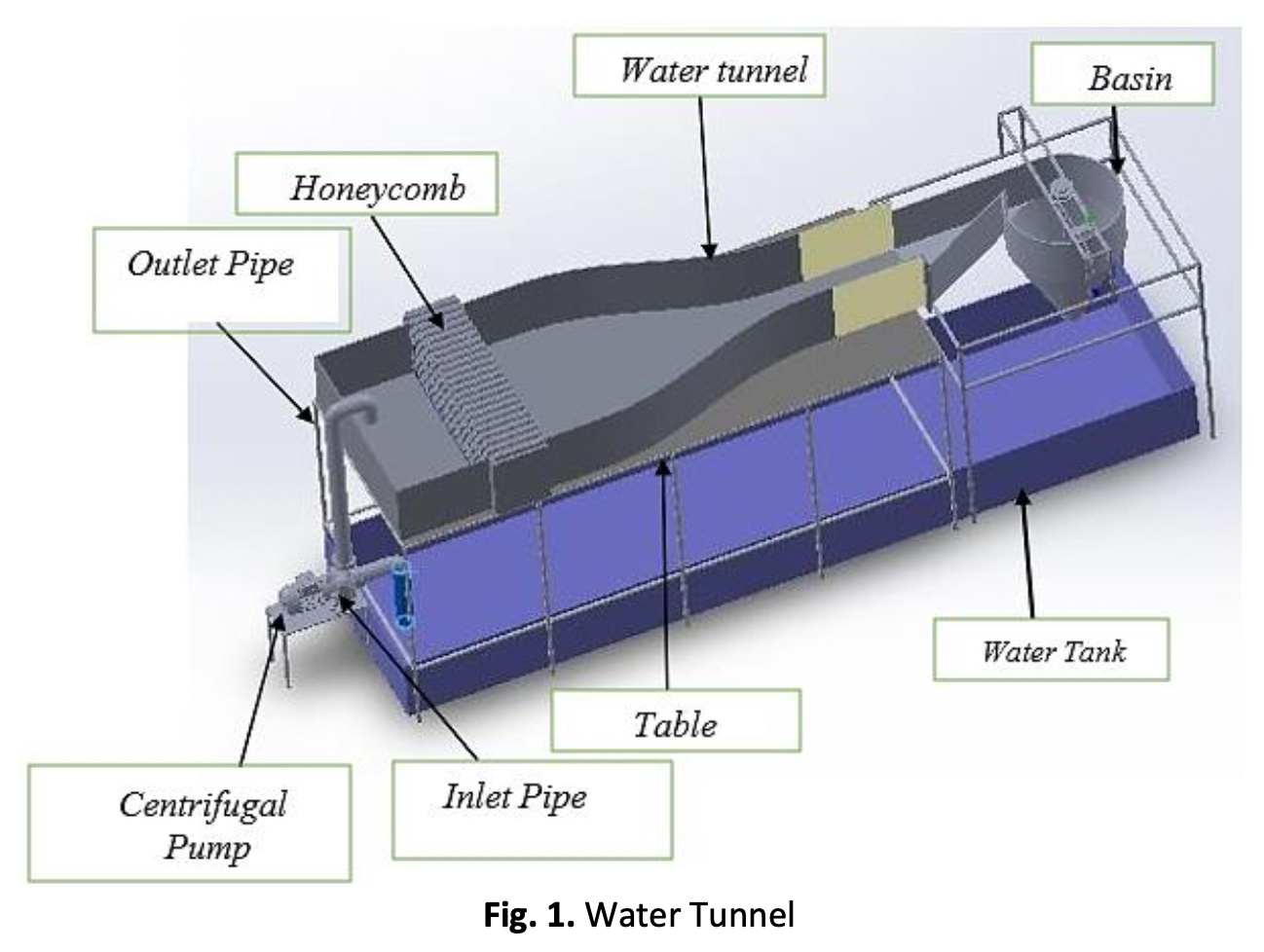The Effect of Blade Distances on the Performance of Double-Stage Gravitational Water Vortex Turbine
DOI:
https://doi.org/10.37934/arfmts.109.1.196209Keywords:
Two-stage, gravitational water vortex, blade distanceAbstract
A gravitational water vortex turbine is a turbine that generates electricity by rotating its runner under vortex flow through basins. The present experimental study investigated the effect of blade distance through a double-stage vortex turbine. The study used rotational speeds, torque, and efficiency to describe the vortex turbine performance under different applied discharges and blade distances. Each blade has a different profile, such as Savonius and a curved blade profile. Each blade independently generates its performance because they constructed under different hollow and solid shafts. The results illustrated that an increased distance between blades produces the best performance with a higher flow rate. A discharge of 9.5×10-3m3/s and a distance of 150 mm has a total mechanical power of 28,51 W with an efficiency of 28.92%. The longest distance between the stage 1 (S1) and stage 2 (S2) turbine causes the smaller air core diameter. It has given an advantage in their performances on rotational speeds, mechanical power, torque, and efficiency generated by the Gravitational Water Vortex Turbine (GWVT).
Downloads

































